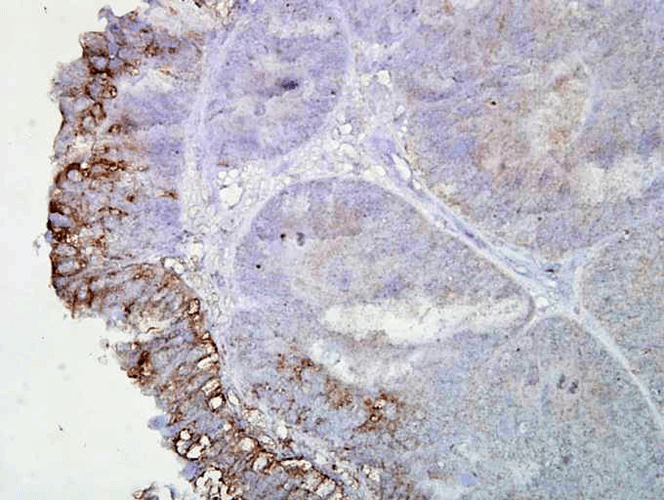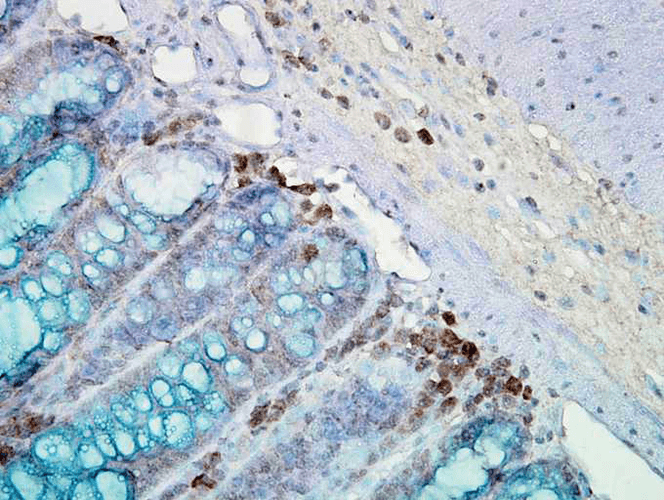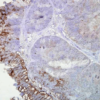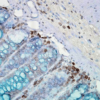Anti-Hsp90 Antibody (11104)
$338.00
| Host | Quantity | Applications | Species Reactivity | Data Sheet | |
|---|---|---|---|---|---|
| Mouse | 100ug | WB,IHC,AM | Human, Mouse, Rat, Rabbit, Chicken, Sf9 Cells, Achlya, Wheat Germ |  |
SKU: 11104
Categories: Antibody Products, Heat Shock and Stress Protein Antibodies, Products
Overview
Product Name Anti-Hsp90 Antibody (11104)
Description Anti-Hsp90 Mouse Monoclonal Antibody
Target Hsp90
Species Reactivity Human, Mouse, Rat, Rabbit, Chicken, Sf9 Cells, Achlya, Wheat Germ
Applications WB,IHC,AM
Host Mouse
Clonality Monoclonal
Clone ID AC-16
Isotype IgG2b
Immunogen Hsp90 purified from the water mold Achlya ambisexualis.
Properties
Form Liquid
Concentration Lot Specific
Formulation PBS, pH 7.4.
Buffer Formulation Phosphate Buffered Saline
Buffer pH pH 7.4
Format Purified
Purification Purified by Protein G affinity chromatography
Specificity Information
Specificity This antibody is reactive with both the constitutive and the inducible forms of human, mouse, rat, rabbit, chicken, Sf9 cell, Achlya, and wheat germ Hsp90. However, it does not bind to the native form of Hsp90 and does not recognize E. coli and yeast Hsp90.
Target Name Heat shock protein Hsp90
Target ID Hsp90
Uniprot ID Q8LLI5
Gene ID 4768
Accession Number NP_031381.2
Research Areas Heat Shock& Stress Proteins
Background Hsp90 is a highly conserved and essential stress protein that is expressed in all eukaryotic cells. It participates in the folding, assembly, maturation, and stabilization of specific proteins as an integral component of chaperone complexes. Hsp90 is relatively abundant in unstressed cells of most prokaryotic and eukaryotic systems and can be induced by heat shock in some systems. It exists in a dimeric form and has been observed to bind to several other cellular proteins such as retrovirus kinases, steroid receptors, hemeregulated protein kinase, actin, and tubulin. When bound to ATP, Hsp 90 interacts with co-chaperones cdc37, p23, and various immunophilin-like proteins, forming complexes that stabilize and protect target proteins from proteasomal degradation.
Application Images



Description Immunohistochemistry analysis using Mouse Anti-Hsp90 Monoclonal Antibody, Clone AC-16 (11104). Tissue: colon carcinoma. Species: Human. Fixation: Formalin. Primary Antibody: Mouse Anti-Hsp90 Monoclonal Antibody (11104) at 1:2000 for 12 hours at 4°C. Secondary Antibody: Biotin Goat Anti-Mouse at 1:2000 for 1 hour at RT. Counterstain: Mayer Hematoxylin (purple/blue) nuclear stain at 200 µl for 2 minutes at RT. Localization: Inflammatory cells. Magnification: 40x. Inflammatory cells. This image was produced using an amplifying IHC wash buffer. The antibody has therefore been diluted more than is recommended for other applications.

Description Immunohistochemistry analysis using Mouse Anti-Hsp90 Monoclonal Antibody, Clone AC-16 (11104). Tissue: inflamed colon. Species: Mouse. Fixation: Formalin. Primary Antibody: Mouse Anti-Hsp90 Monoclonal Antibody (11104) at 1:2000 for 12 hours at 4°C. Secondary Antibody: Biotin Goat Anti-Mouse at 1:2000 for 1 hour at RT. Counterstain: Mayer Hematoxylin (purple/blue) nuclear stain at 200 µl for 2 minutes at RT. Localization: Inflammatory cells. Magnification: 40x. Mostly inflammatory cells, some mucosa. This image was produced using an amplifying IHC wash buffer. The antibody has therefore been diluted more than is recommended for other applications.
Handling
Storage This antibody is stable for at least one (1) year at -20°C.
Dilution Instructions Dilute in PBS or medium which is identical to that used in the assay system.
Application Instructions Immunoblotting: use at 1ug/mL. A band of ~88 kDa is detected.
These are recommended concentrations. User should determine optimal concentrations for their application.
Positive control: Heat shocked HeLa cell lysate.
These are recommended concentrations. User should determine optimal concentrations for their application.
Positive control: Heat shocked HeLa cell lysate.
References & Data Sheet
Data Sheet  Download PDF Data Sheet
Download PDF Data Sheet
 Download PDF Data Sheet
Download PDF Data Sheet




